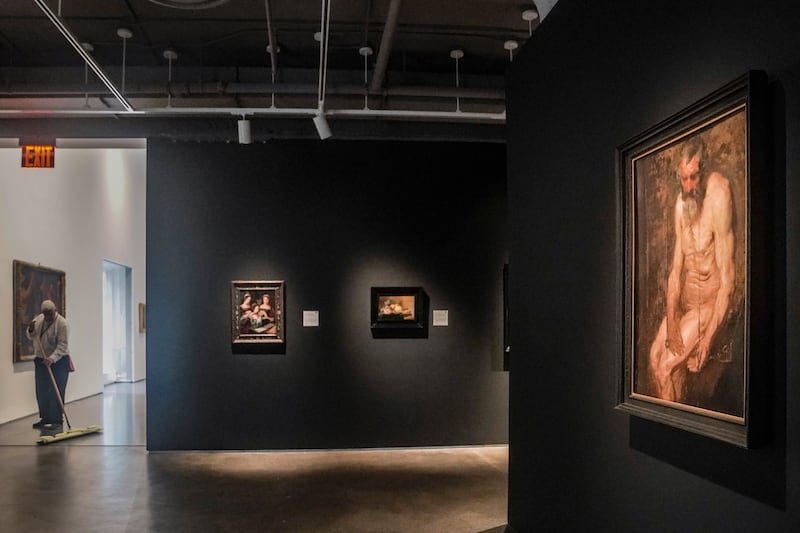A rare painting that was found in a farm shed and covered with bird droppings sold for $3.1 million at auction Thursday.
How was the rare Van Dyck painting discovered?
The painting, which reportedly had bird droppings on the back, was discovered in a farm shed in Kinderhook, New York, in the late 20th century, according to Business Insider.
Local collector Albert B. Roberts believed the painting was from the Dutch Golden Age and purchased it for $600. Roberts said it was in “pristine condition, happens to include bird droppings on the back,” according to The Times of London.
The artwork was later identified by art historian Susan Barnes as a “surprisingly well-preserved” oil sketch by the 17th-century Flemish artist Anthony van Dyck, Artnet reported.
The painting was auctioned by Sotheby’s, selling for $3.1 million, a portion of which will go toward the Albert B. Roberts Foundation Inc., which “provides financial support to artists and other charities,” per CNN.
Why is the Van Dyck oil sketch significant?
The sketch, which depicts a nude elderly man, was a live model study, likely painted between 1615 and 1618, for Van Dyck’s later painting “St. Jerome,” according to Sotheby’s. “St. Jerome” is currently at the Museum Boijmans Van Beuningen in Rotterdam, Netherlands.
“The oil sketch is an impressive and important find that helps us understand more about the artist’s method as a young man,” Barnes wrote.


